On the city
HISTORICAL
Fortaleza owes its name to "Fort Schoonenborch", built in 1649 along the margins of the Pajeú River; in the year of its foundation, the Fort received its religious name: "Fortaleza of Our Lady of Assumption". By April 13, 1726, the Fort grew big enough to become a town and the indigenous attacks on Aquiraz, which was the first headquarters of the Captaincy of Ceará, brought about Fortaleza´s assuming the role of Capital in the same year. As of 1866, Ceará´s export of cotton to England provided the beginning of its development; with a main port, the city began to exercise its role as a political and economic center and at the same time, railroads were built to facilitate the flow of products to the port and at the turn of the XIX century, Fortaleza already represented the country´s seventh urban population.
The City
Equipped with a complete infrastructure to take advantage of all of the natural beauties and tourist attractions, Fortaleza possesses one of the three intelligent airports in the country, The Pinto Martins International Airport, whose capacity can receive 2,5 million passengers a year in comfort. The highways are in excellent conditions facilitating the access to beaches, mountains and to the interior. The city´s net of hotels offers more than 1000 establishments making it one of the best in the North and Northeastern part of the country.
GASTRONOMY
Fortaleza/Ceará has the taste of lobster, shrimp, fish, “carne do sol” a special preparation of dried meat, “balão de dois”, rice and beans plus bacon along with other delicious additions, “macaxeira”, edible roots, manioc It has the colors of tropical fruits as cashew, coconut, mango and guava. You can enjoy all these delicious foods at an enormous variety of bars and restaurants located on Beira Mar Avenue where these delicacies are prepared with the greatest of care for tourists.
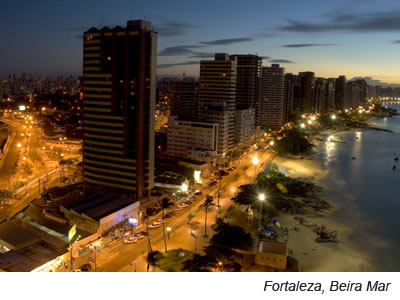
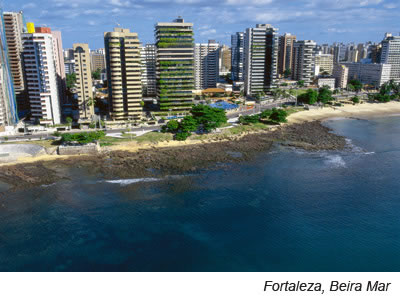
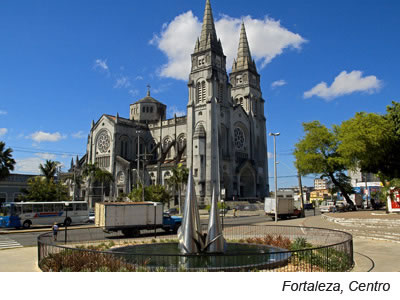
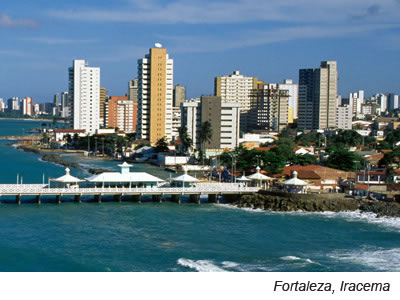
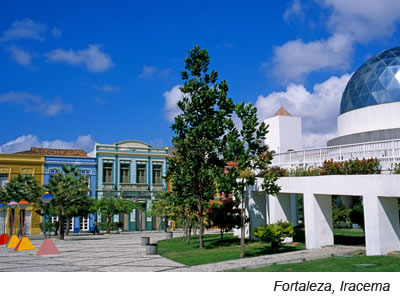
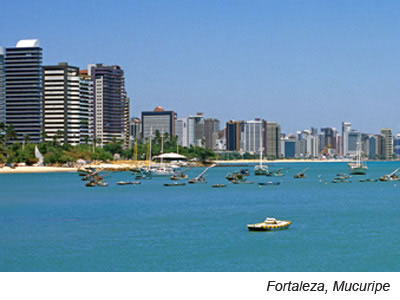
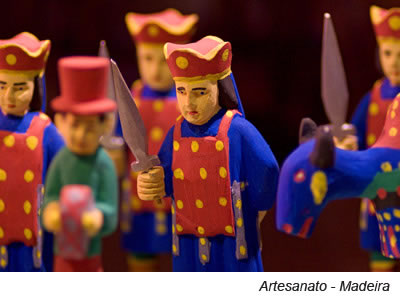
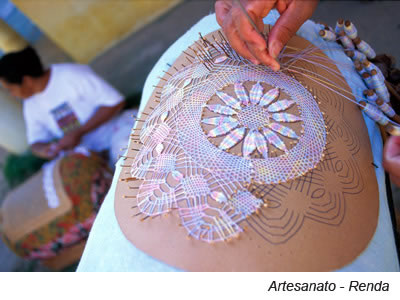
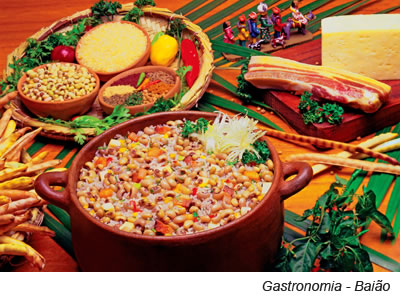
Fonte: www.setur.ce.gov.br
VoltarAv. Venezuela, 27 / 412 Centro l Rio de Janeiro l 20081-310
Tel.: +55 (21) 2516-1962 - Fax: +55 (21) 2233-2892








